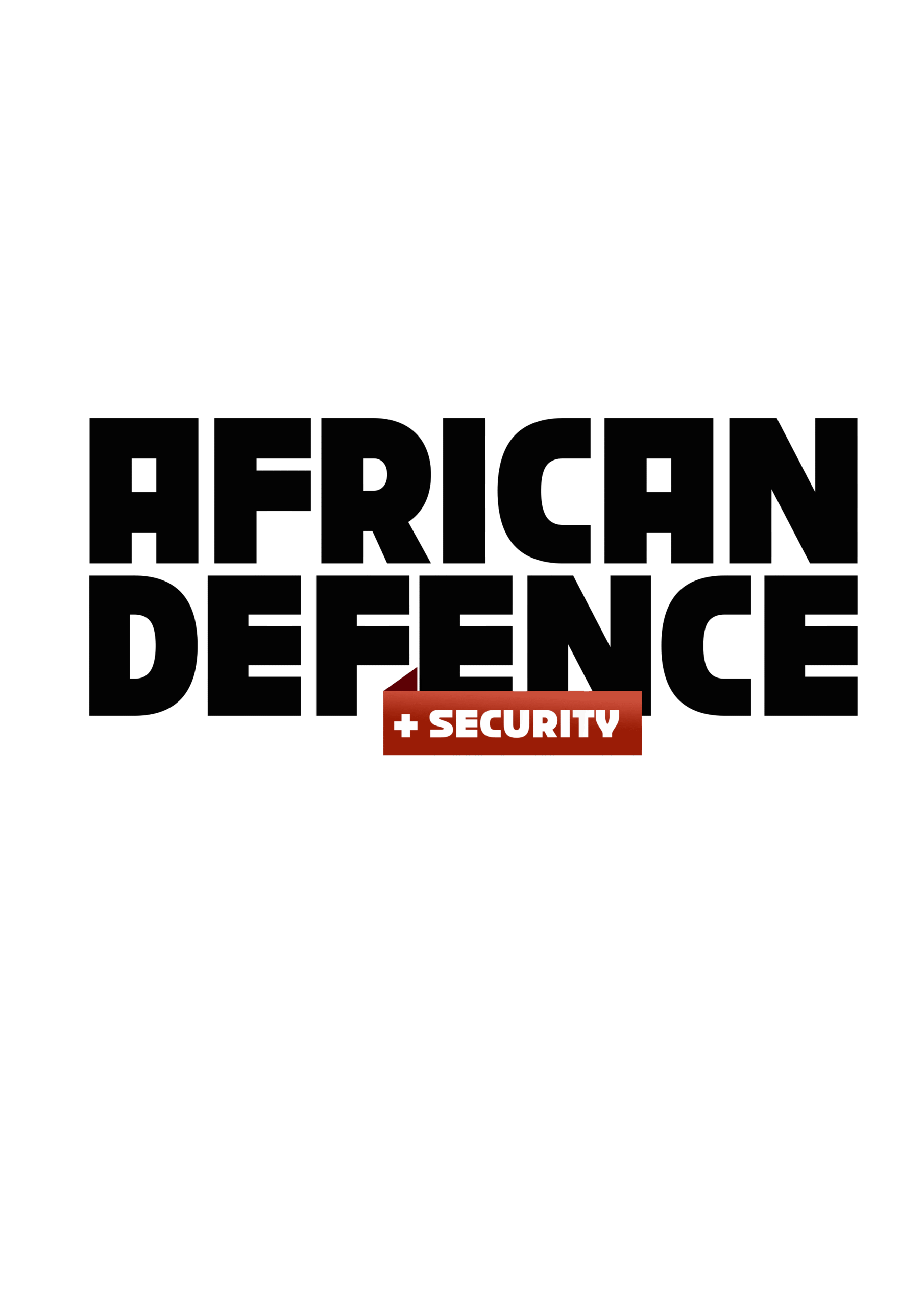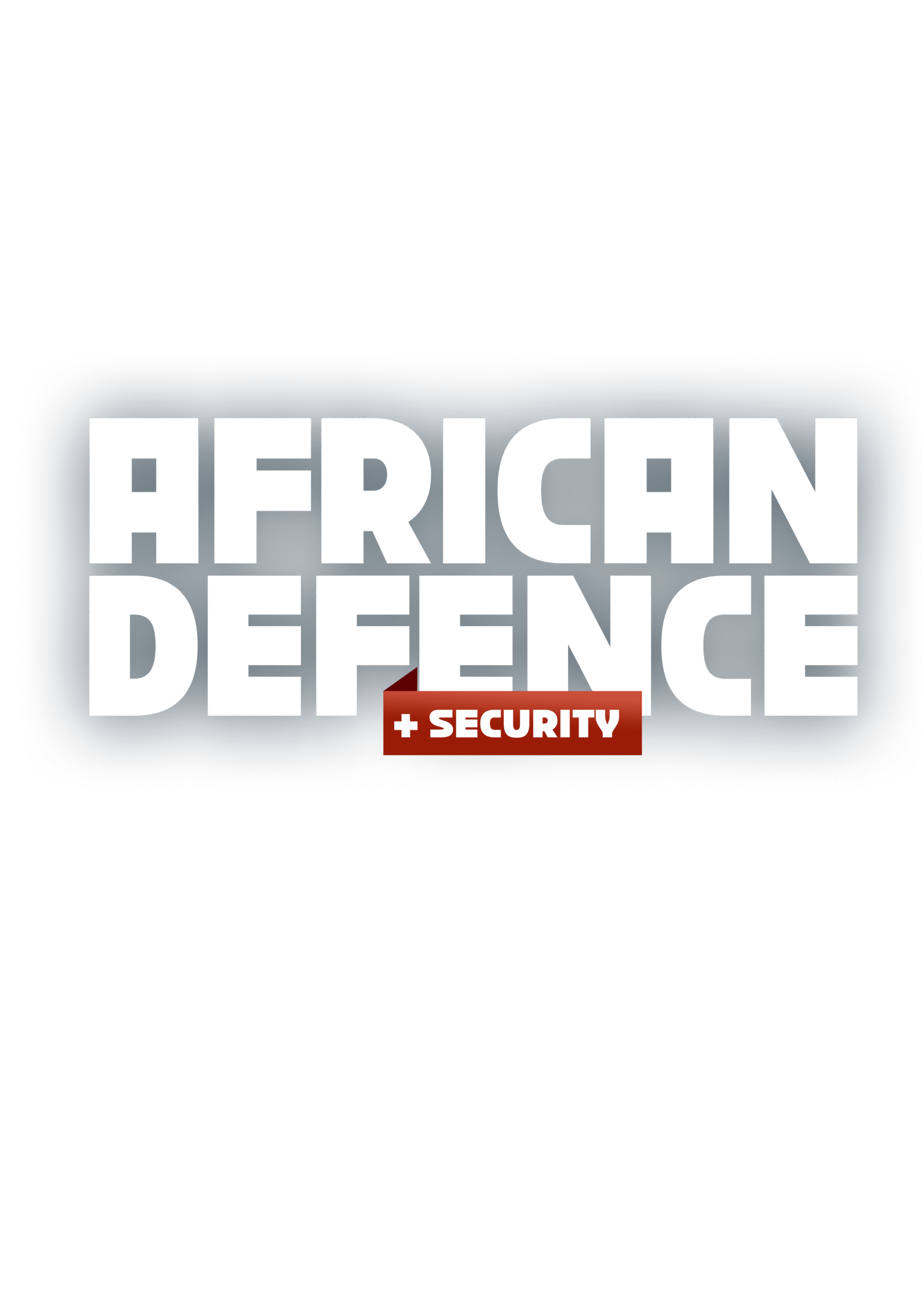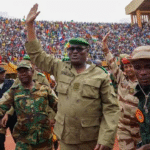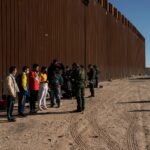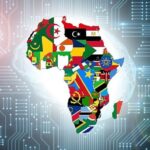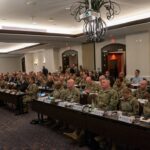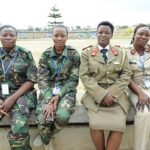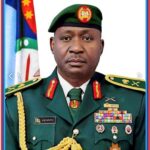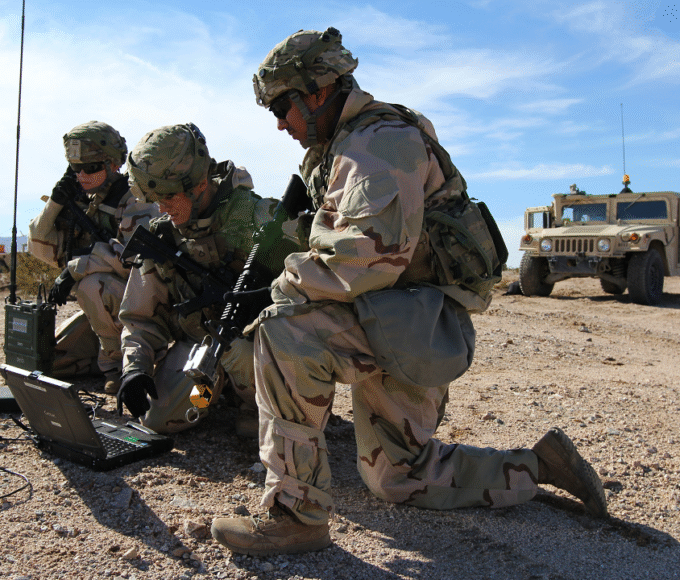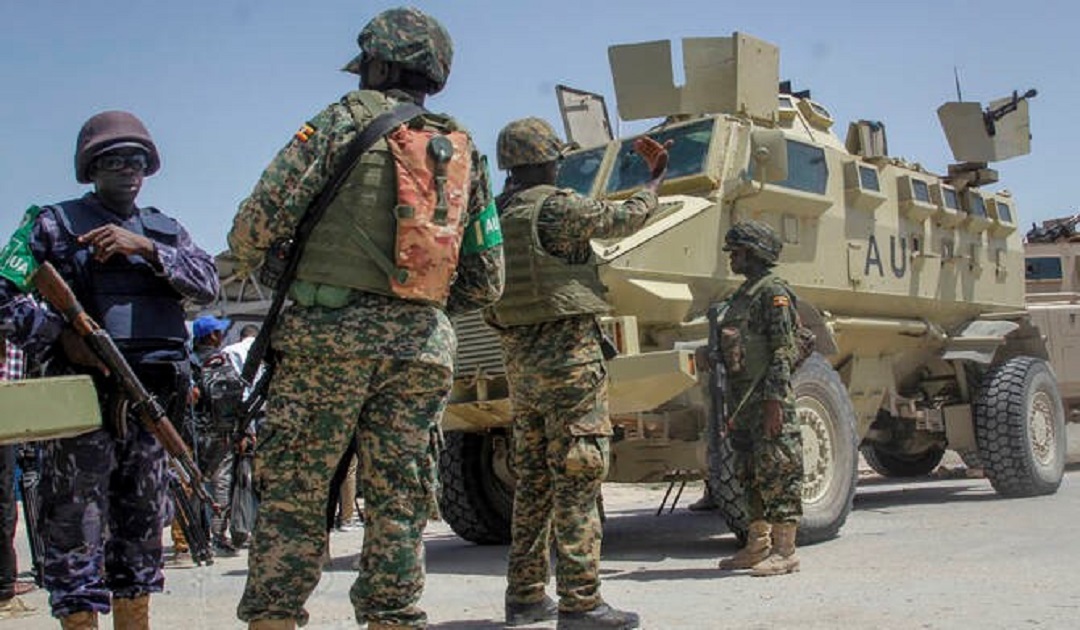
THE NIGERIAN CIVIL WAR (1967–1970)
The Nigerian Civil War, or Biafran War, lasted from July 6, 1967, to January 15, 1970, between the Federal Government of Nigeria and the secessionist Republic of Biafra in the southeast. Rooted in ethnic tension, political instability, and competition over oil resources, the conflict caused about 100,000 military deaths and up to 3 million civilian casualties, mostly from starvation caused by a federal blockade.
Initially described as a “police action,” the war evolved into a protracted struggle. Nigeria’s larger population, better logistics, and international support gradually overwhelmed Biafra’s innovative but resource-starved defences. Thick forests, disease, and poor infrastructure restricted large-scale manoeuvres, turning the war into a series of sieges and attritional campaigns. By 1969, Biafra fielded around 90,000 troops against Nigeria’s more than 200,000 soldiers.
Related Article: RESOURCES – AFRICAN WAR DOCUMENTARIES WORTH WATCHING
ORIGINS
Nigeria’s post-independence politics were volatile. Two coups in 1966 deepened ethnic divisions: the January coup, led by Igbo officers, killed key northern leaders; a July counter-coup brought Lt. Col. Yakubu Gowon to power. Anti-Igbo violence followed in northern cities, killing thousands and driving millions to the southeast.
Attempts at reconciliation, including the Aburi Accord, failed. On May 30, 1967, Lt. Col. Chukwuemeka Odumegwu Ojukwu declared Biafra’s independence. The new state was oil-rich but landlocked and vulnerable. Gowon’s creation of twelve states the same month fractured regional loyalties and strengthened federal recruitment. The stage was set for war between a federal government determined to preserve unity and a secessionist movement fighting for survival.
EARLY CAMPAIGNS (1967)
War began on July 6, 1967, when Nigeria launched a two-pronged offensive into northern Biafra, capturing Nsukka and Gakem after fierce resistance. Biafra counterattacked on August 9, invading the Mid-Western Region, capturing Benin City, and advancing toward Ore before being repelled in September.
Meanwhile, Nigeria’s 3rd Marine Commando Division under Col. Benjamin Adekunle captured Bonny Island on July 25, securing vital oil installations. With air support from Soviet-supplied MiG-17s and Egyptian pilots, Nigeria exploited its logistical advantages. Biafra relied on speed, surprise, and mobility to offset its disadvantages but could not maintain the offensive.
SHIFTING MOMENTUM (1967–1968)
The fall of Enugu, Biafra’s capital, on October 4, 1967, forced Ojukwu to move his headquarters to Umuahia. Operation Tiger Claw in October captured Calabar, while repeated federal assaults on Onitsha failed, leading to heavy casualties and the massacre of civilians in Asaba. The capture of Port Harcourt on May 19, 1968, cut off Biafra’s last major seaport, tightening the blockade.
Despite these setbacks, Biafran forces scored symbolic victories. The Abagana ambush of March 31, 1968, destroyed a Nigerian convoy and wiped out much of the 2nd Division. These successes, however, could not reverse the tide as Nigeria’s control expanded steadily.
BLOCKADE AND FAMINE (1968–1969)
By late 1968, the war had reached a deadly stalemate. Nigeria’s blockade isolated Biafra from external supplies of food and weapons, causing widespread famine that killed millions. The federal air force bombed markets, roads, and hospitals to break morale.
Biafra’s defences, reduced to a shrinking enclave, relied on improvised weapons such as the Ogbunigwe bomb and small gunboats for coastal raids. International sympathy surged as images of starving children spread worldwide, while peace efforts by the Organization of African Unity and other mediators failed.
Foreign aid and smuggled arms arrived through airlifts from France and Ivory Coast. Mercenaries like Rolf Steiner’s 4th Commando Brigade and Count Carl Gustav von Rosen’s “Biafran Babies” air squadron briefly bolstered Biafra’s defences, destroying Nigerian jets in daring raids. Yet internal purges and shortages eroded cohesion and morale.
FINAL OFFENSIVE AND SURRENDER (1969–1970)
In late 1969, Nigerian forces launched decisive offensives under Col. Olusegun Obasanjo, crushing Biafran positions and reducing their territory to a fraction of its original size. With ammunition exhausted and famine worsening, Ojukwu fled to Ivory Coast on January 11, 1970. Biafra formally surrendered four days later, ending the 30-month war.
Nigeria’s victory rested on its overwhelming manpower, international support from Britain and the Soviet Union, and control of vital oil resources. France and some African states had backed Biafra diplomatically and covertly, but their support could not alter the outcome.
LEGACY
The Biafran War remains one of Africa’s deadliest conflicts. It demonstrated that military superiority and control of logistics can defeat even determined nationalist movements, but at enormous human cost. The war also revealed how famine and blockades can devastate civilian populations, drawing global attention to humanitarian crises.
After the conflict, Nigeria adopted a “no victors, no vanquished” policy aimed at reconciliation and reintegration. Nonetheless, the scars of ethnic division, mistrust, and centralized military power persisted. The war reshaped African conflict management by highlighting the limits of military solutions and the need for inclusive political settlement.
The tragedy of Biafra endures as a reminder of the consequences of ethnic fragmentation, resource politics, and humanitarian neglect—lessons still relevant to modern Africa’s search for unity and stability.
King Richard Igimoh, Group Editor ALO
King Richard Igimoh, Group Editor African Leadership Organisation is an award-winning journalist, editor, and publisher with over two decades of expertise in political, defence, and international affairs reporting. As Group Editor of the African Leadership Organisation—publishers of African Leadership Magazine, African Defence & Security Magazine, and Africa Projects Magazine—he delivers incisive coverage that amplifies Africa’s voice in global security, policy, and leadership discourse. He provides frontline editorial coverage of high-profile international events, including the ALM Persons of the Year, the African Summit, and the African Business and Leadership Awards (ABLA) in London, as well as the International Forum for African and Caribbean Leadership (IFAL) in New York City during the United Nations General Assembly.
Recent Posts
Categories
- Air & Aerospace15
- Border Security14
- Civil Security3
- Civil Wars4
- Crisis4
- Cyber Security4
- Defense15
- Diplomacy17
- Entrepreneurship1
- Events5
- Global Security Watch6
- Industry6
- Land & Army7
- Leadership & Training3
- Military Aviation2
- Military History27
- Military Speeches1
- Naval & Maritime8
- Resources1
- Security12
- Special Forces1
- Systems And Technology8
- Tech6
- Uncategorized3
- UNSC1
- Veterans6
- Women in Defence9
Related Articles
CYBER ESPIONAGE WARS: HOW GLOBAL POWERS USE AFRICA AS A BATTLEGROUND
Africa has become the silent front line in a shadow war where...
ByKing Richard Igimoh, Group Editor ALONovember 18, 2025PROFILES IN COURAGE: LEGENDARY AFRICAN COMMANDERS AND THEIR LEGACIES
Africa’s military history is a tapestry of resilience and strategic brilliance, shaped...
ByKing Richard Igimoh, Group Editor ALONovember 17, 2025RESOURCES – AFRICAN WAR DOCUMENTARIES WORTH WATCHING
Africa’s modern history has been shaped by struggles that transformed nations: from...
ByKing Richard Igimoh, Group Editor ALOSeptember 29, 2025